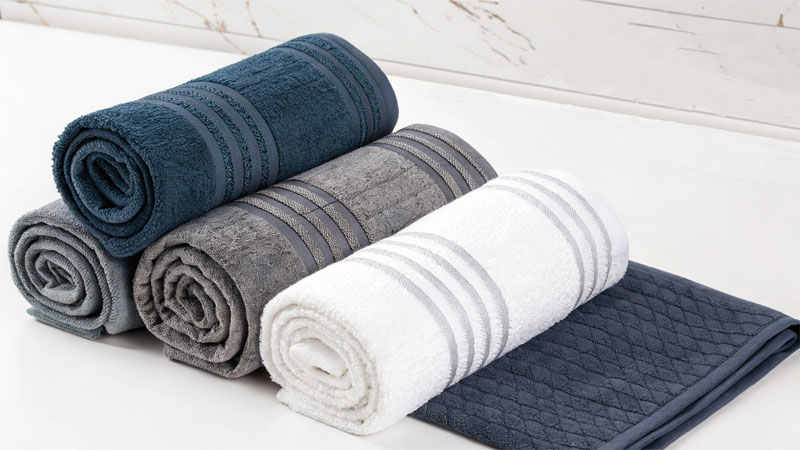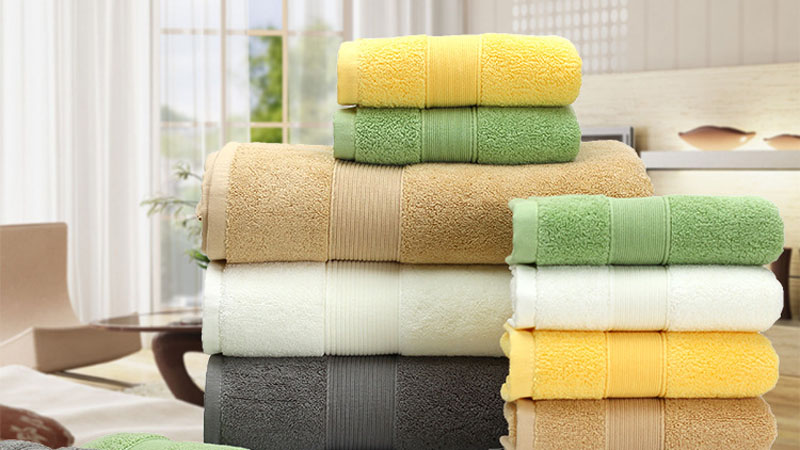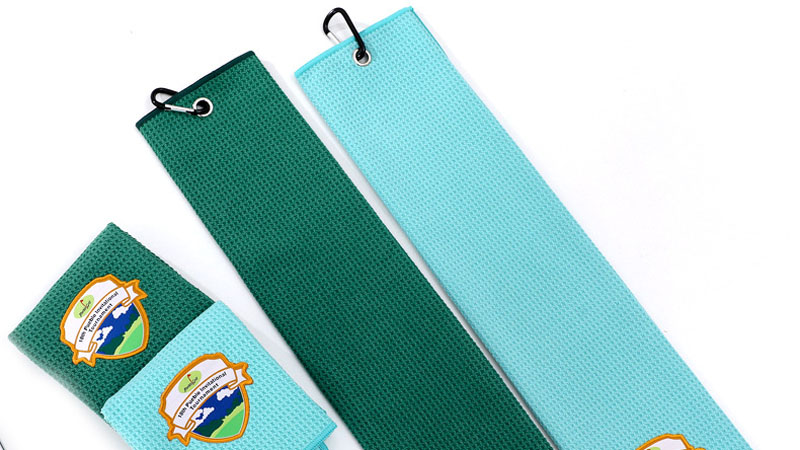Wearing the wrong shorts can ruin your surf or swim session, leading to discomfort, dragging, or quick wear and tear. The right pair sets you up for style and all-day performance.
To pick the perfect boardshorts or surf shorts, focus on intended use, fabric, fit, key features, durability, and sustainability. Start with your activity, then match material, features, and style for maximum versatility and comfort.

As someone who’s developed swimwear lines and supplied beach brands worldwide, I’ve seen what keeps customers coming back: comfort, performance, and design that fit real life. Let’s break down each choice for foolproof selection.
Understand the Difference: Boardshorts vs. Surf Shorts?
Not all swimwear is the same—different designs suit different water activities. Knowing the difference saves time and sets your expectations.
Boardshorts are longer, feature fixed waists and no lining, suited for surfing. Surf shorts (or swim trunks) are usually shorter, often with an inner mesh, ideal for versatile water use and casual wear.

Early in my career, many clients used “boardshorts” and “surf shorts” interchangeably—leading to mixed user experiences. Boardshorts cater to surfers who want length for knee protection and security during wipeouts. Surf shorts have broader uses and prioritize easy, quick-dry comfort. Here’s a quick rundown:
| Type | Length | Waist | Lining | Best For |
|---|---|---|---|---|
| Boardshorts | 18-22" outseam | Fixed/tie | None | Surfing, active water use |
| Surf Shorts | 14-18" outseam | Elastic/tie | Mesh | Swimming, beach, casual |
Choose the Right Fabric: Flexibility & Fast Drying Matter Most?
Fabric choice is critical—not just for comfort, but for how your shorts perform in and out of water.
Look for lightweight, quick-drying materials with added stretch. Polyester blends and modern 4-way stretch fabrics are best for freedom of movement and preventing chafing.

I’ve sourced every kind of swim fabric: old-school, heavy nylon to today’s featherweight poly or spandex blends. Surfers and beachgoers alike want softness, but also stretch for paddling and running. The right blend even helps shorts keep their shape and colors after repeated exposure to salt and sun.
| Material | Fast Dry | Stretch | Durability | Common Use |
|---|---|---|---|---|
| Polyester/Spandex | Yes | Yes | High | Performance, surf |
| Recycled Polyester | Yes | Yes | High | Sustainable lines |
| Classic Nylon | Moderate | No | Good | Budget/casual shorts |
Test fabric samples for both hand-feel and response after getting wet. A good pair dries within 30 minutes in the sun—less wait, more play.
Find Your Fit: Length, Waist, and Comfort?
Poor fit can limit movement or distract you from water fun. Fitting is not just about sizes—it’s about how shorts feel with every step, dive, or paddle.
Pick a length and rise that match your activity and comfort level. Check the waistband: fixed for sport security or elastic for quick comfort. Always check rub points and leg openings before buying.

Over the years, I’ve seen fit mistakes cause rashes, lost shorts in waves, or awkward poolside moments. My tips:
- Surfers: Stick with longer (18–22") boardshorts for protection
- Casual swimmers or loungers: Choose mid-thigh surf shorts for comfort and airflow
- Fit the waist snug but comfortable; drawstrings for action, elastic for ease
When sampling from a new supplier, always request fit samples in various sizes to check cuts, seams, and flexibility.
Key Features That Set Great Shorts Apart?
Great shorts hide clever features that give long life and comfort in and out of the water.
Look for triple-stitched seams, secure waist ties, laser-cut drain holes, waterproof pockets, and reinforced panels in stress zones.

I work closely with designers to refine functional extras each year. The difference between a good short and a favorite short usually comes down to:
| Feature | Why It Matters |
|---|---|
| Triple Stitched | Keeps seams from breaking under strain |
| Heat-welded pockets | Prevents bulk, keeps valuables protected |
| Laser-cut drainage | Stops water logging, fast drying |
| Soft no-chafe mesh | Comfort for all-day wear |
| UPF/UV Finish | Protects skin during long exposure |
Never skip the details—these features deliver longer wear, fewer complaints, and better reviews.
Style & Color: Express Yourself, But Think Practical?
Boardshorts and surf shorts offer a huge range of patterns and colors. It’s your chance to stand out—just balance personality with practical needs.
Go bold with prints, but think about fade resistance and how easily stains will show. Opt for prints made using fade-resistant dyes and finishes for longevity in sun and salt.

I tell brands: design is your identity, but customer reviews will focus on “it faded quickly” or “stain won’t wash out.” Always:
- Ask for UV-test results
- Request samples with real branding/prints
- Match colors to your brand’s current palette and trends
Choose prints that reflect your customer’s lifestyle but last more than one summer season.
Sustainable & Ethical Choices?
Modern buyers want eco-friendly options and transparency in sourcing. Sustainability is now a core part of value—and story.
Seek recycled polyester (rPET), organic tags, and manufacturers with strong labor standards. Certifications like GRS, OEKO-TEX, or Fair Trade are important for market trust.

We’ve shifted a large part of production to recycled or traceable fabrics. Even small brands benefit from a sustainability story. When shopping or sourcing:
| Sustainable Feature | Why It Matters |
|---|---|
| rPET/recycled fabric | Reduces waste, attracts green buyers |
| Responsible dyeing | Less pollution, safer skins |
| Fair wage factories | Better brand story, fewer risks |
Document these in your marketing—modern customers reward ethical sellers.
The Manufacturer’s Checklist: Your Go-To Before You Buy?
Getting the best boardshorts means asking smart questions before you order. Vet your manufacturer with a simple checklist focused on ethics, quality, and speed.
Ensure they provide detailed fabric specs, size charts, samples, colorfastness and shrinkage reports, and ethical or eco certificates before you commit.

I never skip this step, whether working with longtime partners or trying a new vendor. Key points:
- Confirm fabric composition and stretch
- Approve digital patterns or print swatches
- Verify seam quality, pocket drainage, and cord strength
- Ask for OEKO-TEX, GRS, or other certifications
- Test wash and wear samples to catch shrink or color fading
This shortlist keeps you safe from delays, failed launches, and expensive returns.
Conclusion
Picking the perfect men’s boardshorts or surf shorts means matching use, fabric, fit, features, style, and sustainability. Focus on activity needs, test construction, and pick partners who value quality and the planet. Playing it smart on these fronts means fewer returns, happier customers, and strong seasonal sales year after year.
Professional Insights
-
Material Testing Is Non-Negotiable: Never skip real-world wear and wash tests for new fabric lots. Even certified suppliers experience batch variation—testing at your end saves time and disappointment in-market.
-
Prioritize End-Use When Designing: Boardsport-focused shorts need top-tier durability and secure fit. Resort or casual lines can sacrifice some tech for playful prints or extra comfort—but always ask the customer how they will use the shorts.
-
Scrutinize Supply Chain Ethics: Modern buyers demand it, and smart brands require it. Push for documentation, audit results, and traceable sourcing. Achieving real certification is worth the investment for premium placement.
-
Constantly Solicit Customer Feedback: Successful shorts collections often evolve after launch. Always capture fit, comfort, and color retention complaints or praise, and feed this into your next production run for a brand that grows stronger with time.
.png)







-1024x337.png)